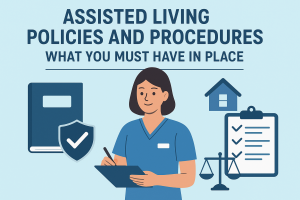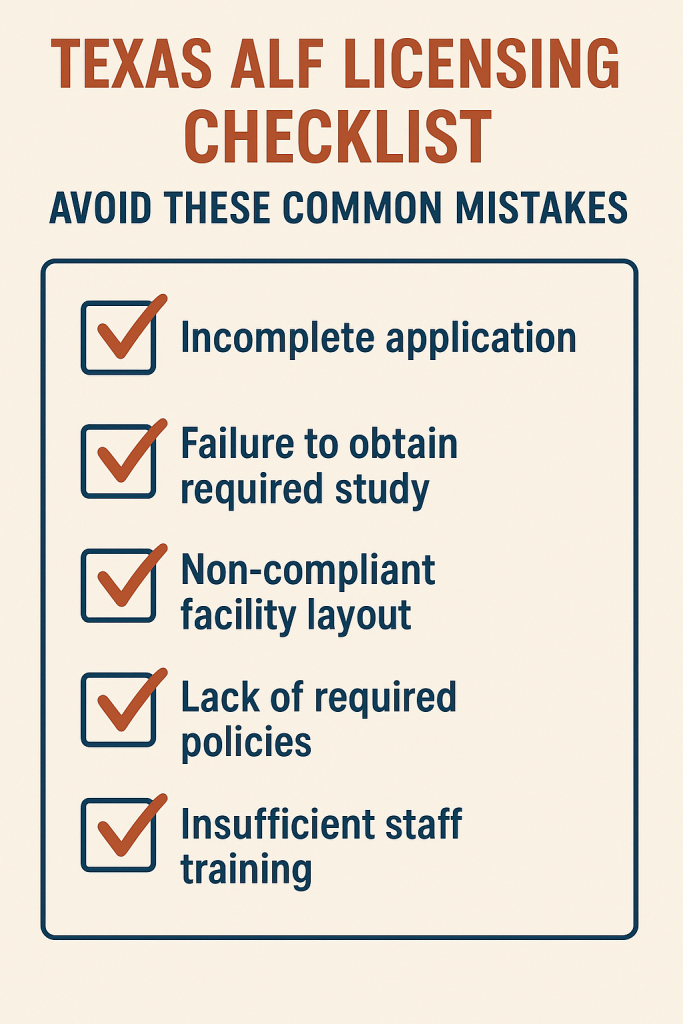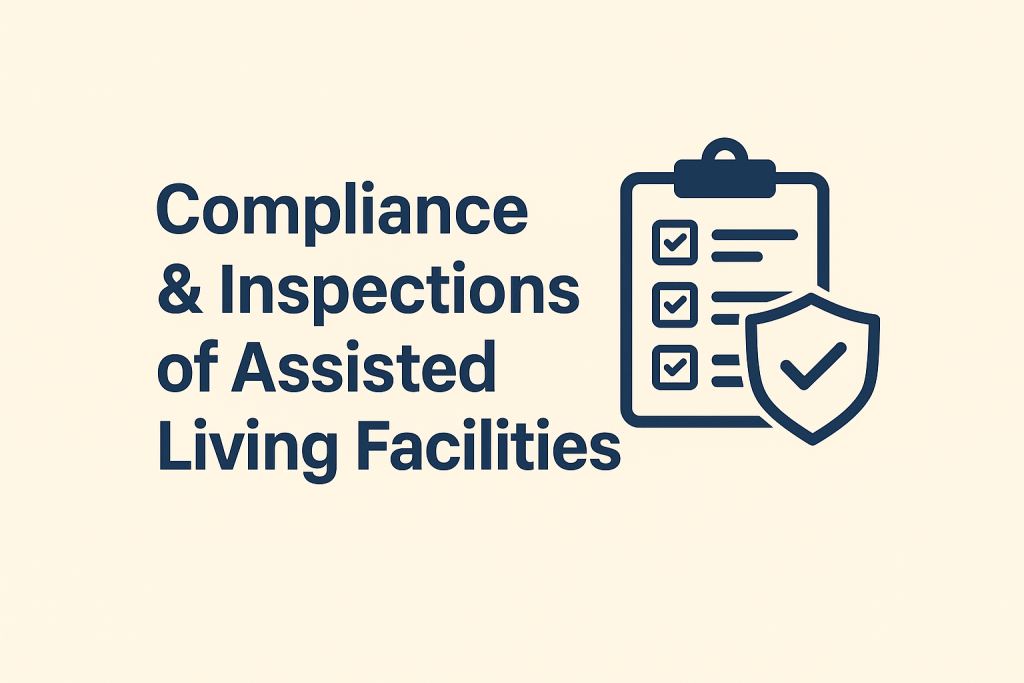
Assisted Living Policies and Procedures: What You Must Have in Place
Running a successful assisted living facility takes more than compassionate care—it requires a solid framework of policies and procedures that guide daily operations, keep your staff aligned, and ensure compliance with state regulations. Without them, facilities risk fines, lawsuits, or even closure.
In this blog, we’ll break down the must-have policies and procedures every assisted living facility should implement.
Why Policies and Procedures Matter
Policies and procedures serve as the backbone of your facility. They:
-
Establish clear expectations for staff.
-
Protect residents’ health, safety, and rights.
-
Provide a roadmap for regulatory compliance.
-
Help facilities avoid costly mistakes or legal issues.
-
Build trust with families who rely on your care.
Essential Policies and Procedures for Assisted Living
1. Resident Care Policies
These outline how staff should support residents’ daily needs while preserving dignity and independence.
-
Admission and discharge criteria
-
Care plans and assessments
-
Activities of daily living (ADLs) support
-
Fall prevention and emergency response
2. Medication Management
Medication errors are one of the most common compliance violations. Your facility must have:
-
Policies for medication storage, documentation, and disposal
-
Procedures for staff assisting with self-administration
-
Steps for reporting and handling medication errors
3. Staffing and Training
Your team is the heart of your facility, and strong policies ensure consistency.
-
Hiring practices and background checks
-
Orientation and ongoing training requirements
-
Staff-to-resident ratios
-
Performance evaluations and disciplinary procedures
4. Health and Safety Protocols
These protect residents, visitors, and staff from harm.
-
Infection control and sanitation standards
-
Emergency preparedness (fire, natural disasters, pandemics)
-
Incident reporting and investigation processes
-
Safety checks for equipment and building maintenance
5. Resident Rights and Grievances
Residents deserve to feel respected and heard. Every facility should have:
-
A clear Resident Bill of Rights
-
Policies for privacy, autonomy, and choice
-
Procedures for filing and resolving grievances
-
Protections against abuse, neglect, or exploitation
6. Food Service and Nutrition
Meals play a huge role in resident satisfaction and wellbeing.
-
Menu planning to meet nutritional needs
-
Safe food storage and preparation guidelines
-
Accommodations for dietary restrictions and allergies
-
Dining service standards
7. Financial and Administrative Policies
Transparent business practices keep you compliant and trustworthy.
-
Resident contracts and fee structures
-
Billing and payment policies
-
Record-keeping and confidentiality standards (HIPAA compliance)
-
Visitor and vendor access procedures
Tips for Implementing Policies Successfully
-
Keep them updated: Review policies regularly to reflect regulatory changes.
-
Train your team: Policies only work if staff understand and follow them.
-
Make them accessible: Ensure staff and residents know where to find policies.
-
Audit compliance: Conduct regular internal checks to identify gaps.
Strong policies and procedures are not just a regulatory requirement—they are the foundation of quality care and smooth operations. By putting the right systems in place, you’ll create a safe, compliant, and welcoming environment where residents thrive and staff feel supported.
If you’re starting or running an assisted living facility, now is the time to review your policies and make sure you have everything in place to protect your residents, staff, and business.


